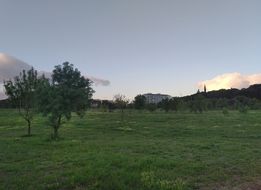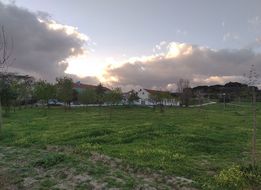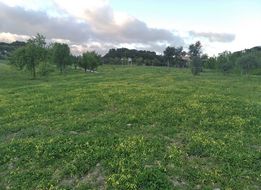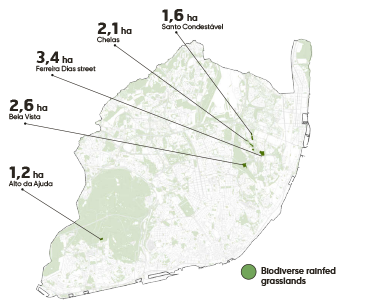Biodiverse meadows
Biodiverse rainfed meadows improvement, installation and operation
Biodiverse rainfed meadows have vast advantages in the face of the predicted impacts of climate change:
- The high number of species used in this type of meadows (rich in Poaceae species, also known as grasses) ensures greater variability. This ensures a higher survival rate of the meadow and, therefore, a better maintenance of the ecosystem;
- It promotes ecosystem services, through, for example, soil conservation, increased biodiversity, and carbon sequestration;
- In addition to helping ecosystems adapt, biodiverse rainfed meadows also contribute to climate change mitigation through carbon sequestration;
- In cities, meadows are an important tool for reducing water consumption, as they are an alternative to irrigation-demanding lawns;
- They contribute to a more stable soil composition with positive results in water retention by acting as a sponge structure. At the same time, they have high rates of carbon dioxide and nitrogen uptake in the soil.
Involves two sub-actions
- 2,6 ha of converted rainfed biodiverse meadows (Bela Vista)
- 8 ha of sown rainfed biodiverse meadows (Vale de Chelas, Alto da Ajuda and Rua Ferreira Dias)
It involves two sub-actions:
- 2,6 ha of converted biodiverse rainfed meadow (Bela Vista)
The objective is the enrichment of rainfed pastures in Parque da Bela Vista, which are currently not rich in grasses (Poaceae).
This sub-action started during the fall of 2019, after the first rains, in order to guarantee the success of sowing and seed production.
- 8 ha of biodiverse sown dryland meadow (Bela Vista and Alto da Ajuda)
This sub-action targets the ruderal pastures in Parque da Bela Vista and Alto da Ajuda.
This sub-action starts during the fall of 2020, after the first rains, in order to guarantee the success of sowing and seed production.
In these areas, intervention in the second year is necessary, covering a second sowing and direct fertilization.
In the case of the area at Parque da Bela Vista, the installation and sustainability of this ecosystem in high pressure areas is also tested, as it is in this area that the “Rock in Rio” event usually takes place every 2 years.
Timeframe: start of sowing in October 2019 and is expected to end in December 2021.





